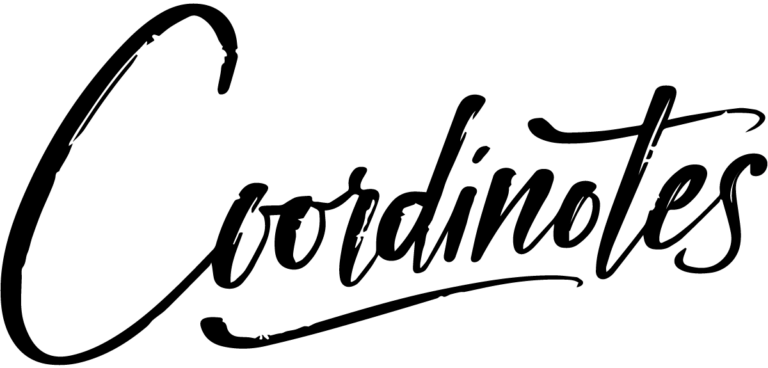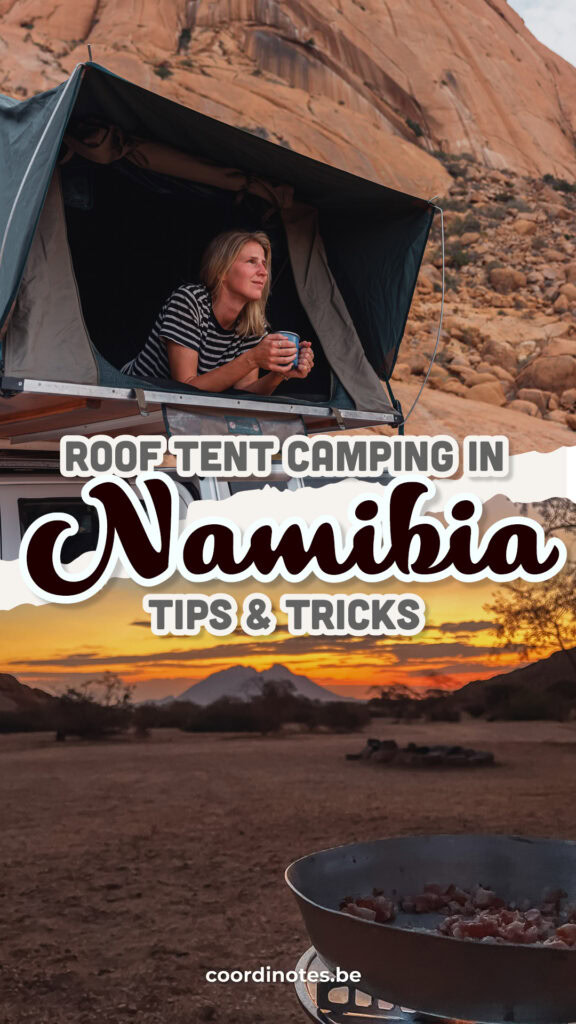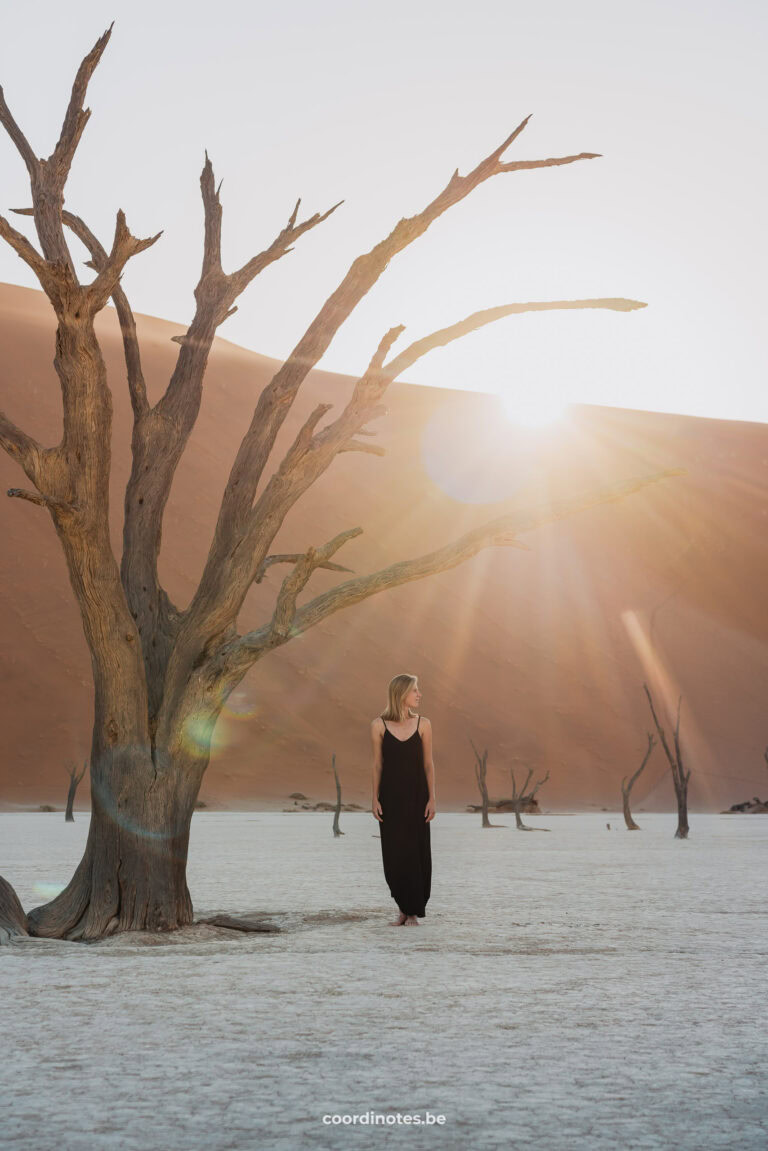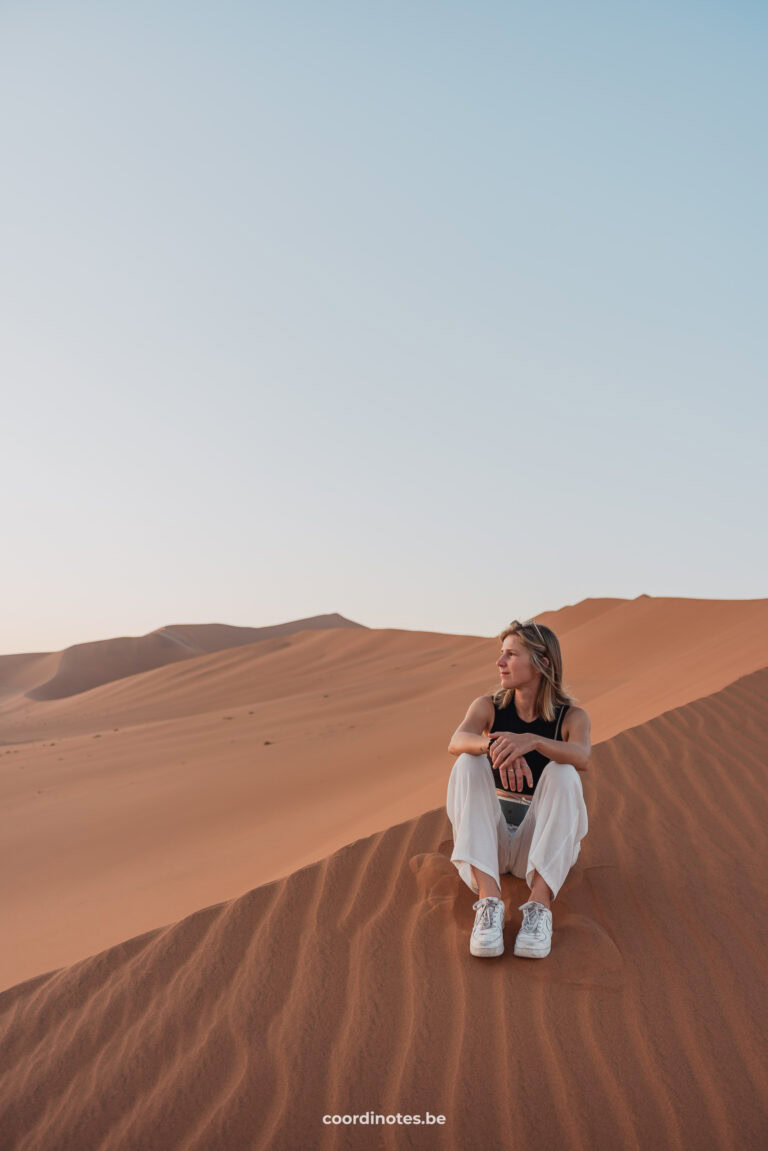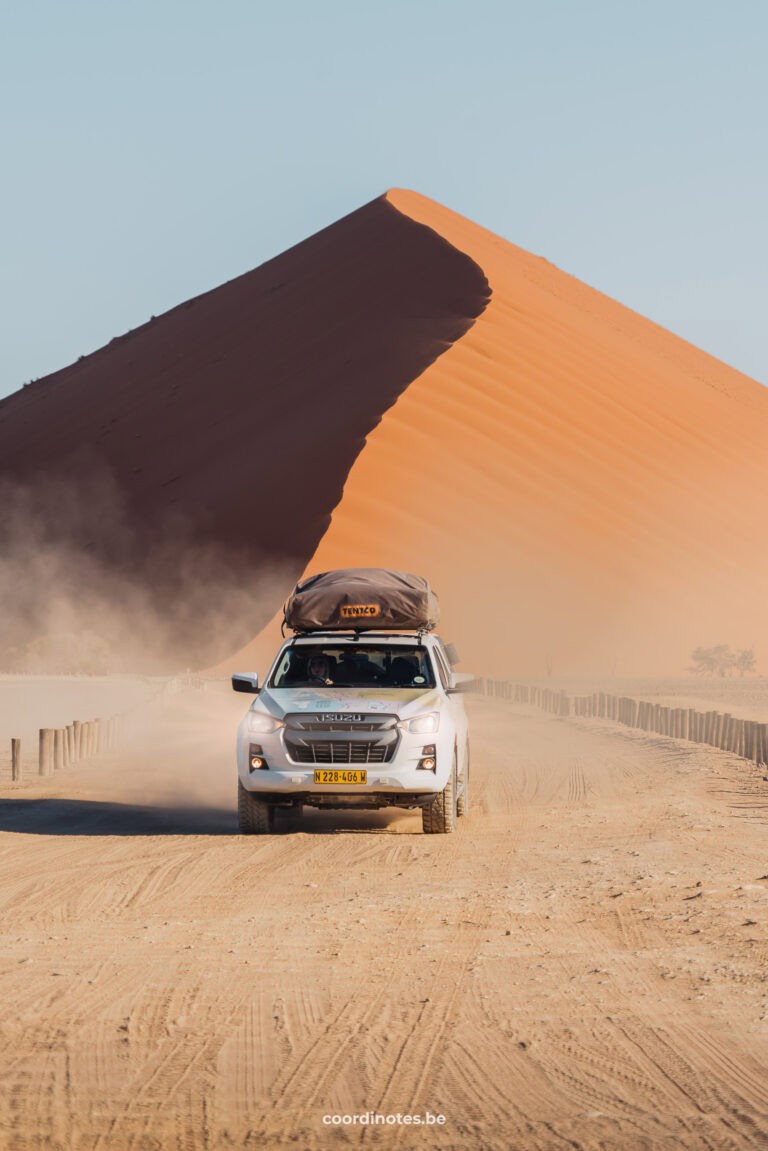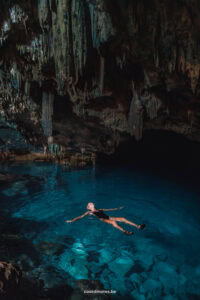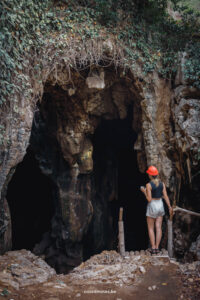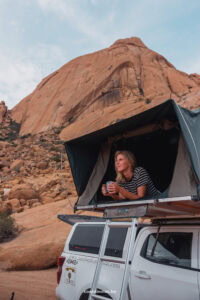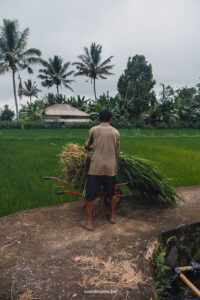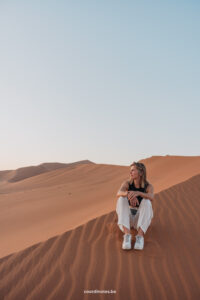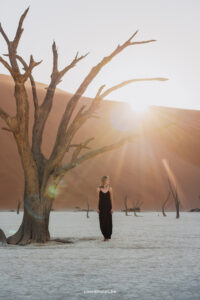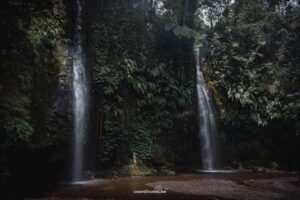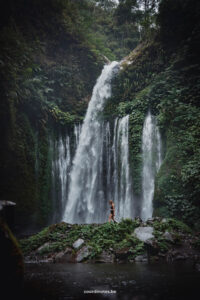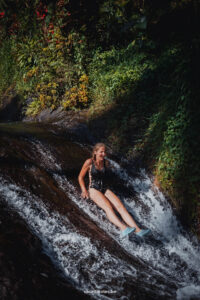Overview
This post may contain affiliate links, which means we may receive a small commission, at no extra cost to you, if you make a purchase through our link.
This is a free way to support us and allows us to continue creating even more inspiring travel guides. Thank you for supporting the love we put into Coordinotes!
Flight deals
Fly to your destination at the best prices! Our partners offer many airlines on their platform so you can compare what is the best option for you.
1. What to expect from campsites in Namibia
Have we already mentioned how beautiful the campsites are in Namibia? You have the beautiful Spitzkoppe campsite, where you can sleep under the most magical starry sky you have ever seen, including milky way. Don’t be surprised if you wake up trumpeted by elephants when you sleep in Etosha National Park.
Many of these campsites are not only beautiful but also practical. You always have your own place, often at a reasonable distance from your neighbors, which gives you a lot of privacy.
- At the somewhat more ‘luxurious’ campsites, you might have your own sanitary block with private bathroom, toilet and kitchenette. Other more basic campsites have a communal bathroom and kitchen, but these are also often pleasantly furnished.
- Almost all camping pitches have their own, typical African ‘braai’, where you can light a cozy bon fire and fry your meat.
- Some camping sites have electricity so you can plug in your refrigerator, if your rental car has one, and charge your electronic devices. However, this is not the case at every campsite.
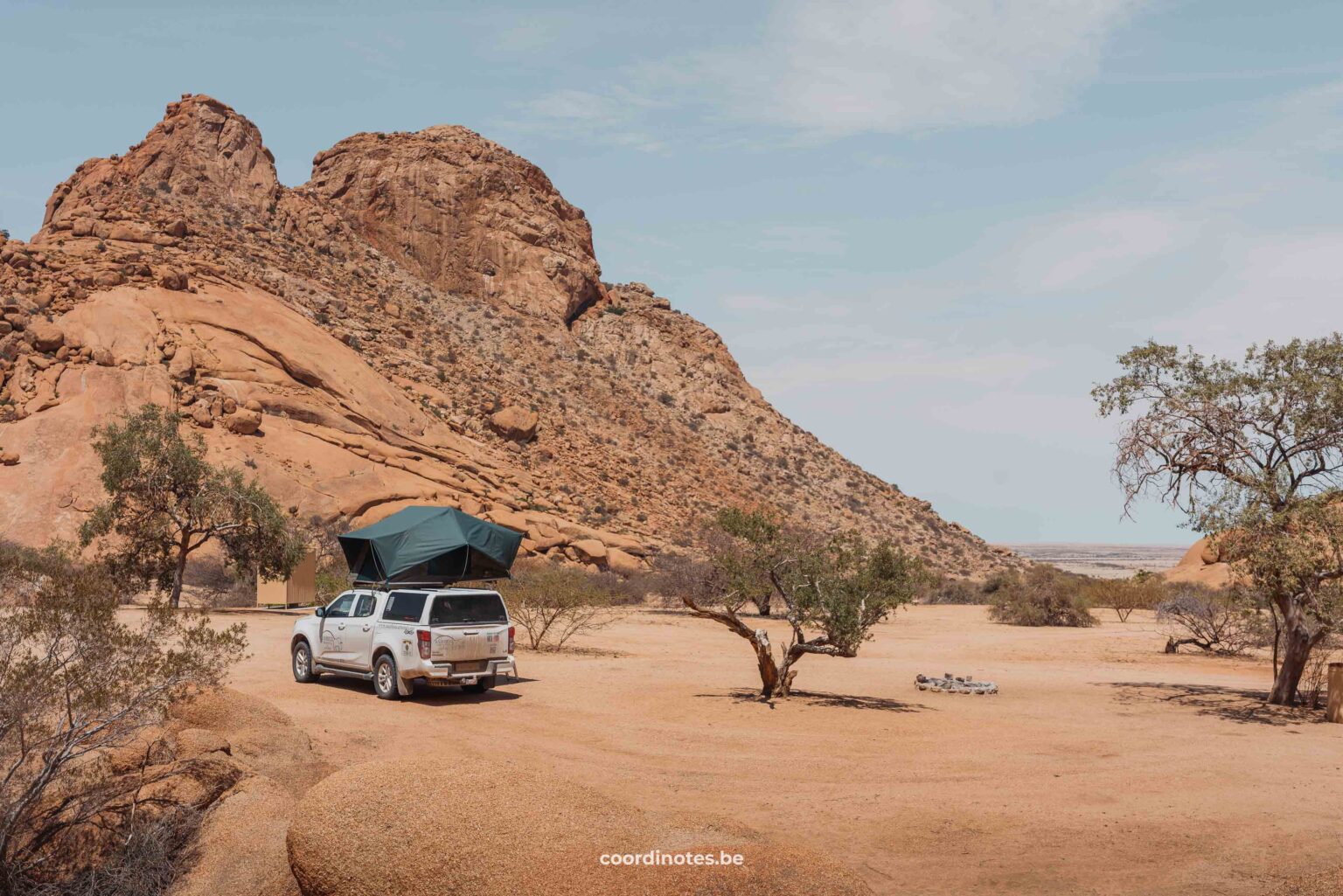
2. Book campsites in advance
Despite being a truly beautiful country, Namibia is not yet extremely touristy. However, it can become quite busy, especially in high season. However, accommodations and campsites are very limited. That is why many lodges are often sold out well in advance. Since it is also a popular destination for camping, this applies to campsites too! Therefore, book your campsites in advance as much as possible, especially if you go during the high season and want to camp at the most popular and scenic campsites.
We traveled to Namibia in the low season and had not booked anything in advance. It happened a few times that campsites were fully booked. Please, learn from our mistakes and book everything well in advance. If you go during high season, you have to book even earlier!
3. Prepare yourself for both hot and cold nights
The climate in Namibia can vary a lot throughout the country, with a wide range of temperatures. During the day, it can be up to 45° Celcius in the desert. However, at night, it can cool down a lot in some places like Swakopmund. Therefore, make sure you are prepared for both cold and hot nights. The roof tents that Zambezi Car Rental provides on their vehicles can be opened on multiple sides with a fly screen, so that you can let a fresh breeze blow through your tent on warm nights. For cold nights, they can also provide you with a warm sleeping bag. Be sure to bring a sweater and pants, if you want to sit outside in the evening and possibly also to sleep in.
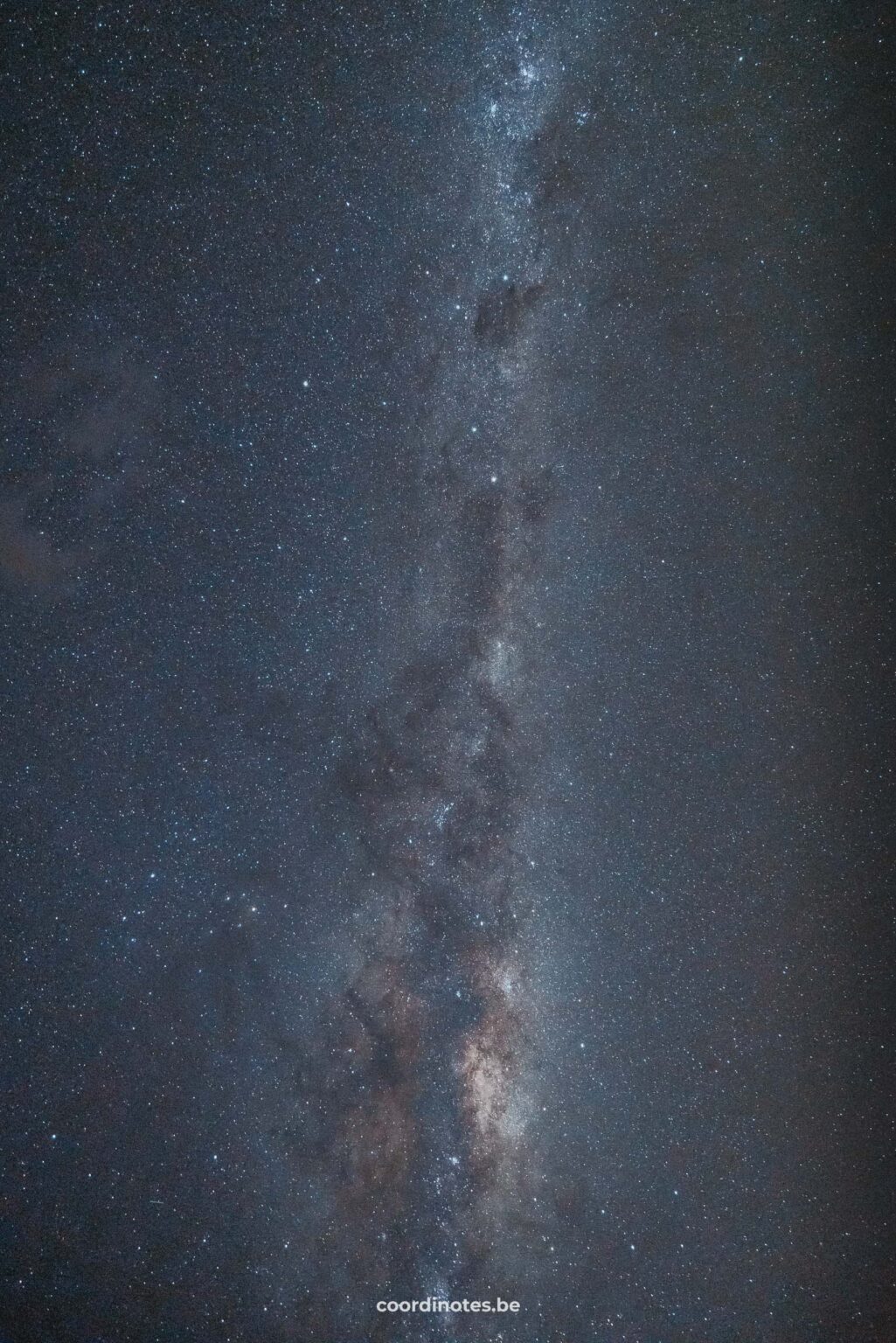
Must Read
4. Earplugs - Thank us later
At many campsites in Namibia, you are quite far apart and you have little to no disturbance from your neighbors. However, there are a number of campsites where you are a little closer together. At times like this, it can be useful to have earplugs with you.
If it is not your neighbors who are making noise, it is still possible that the wind is making quite a lot of noise by flapping your tent. From a person who hates wind: bring earplugs. Furthermore, camping with a roof tent is amazing!
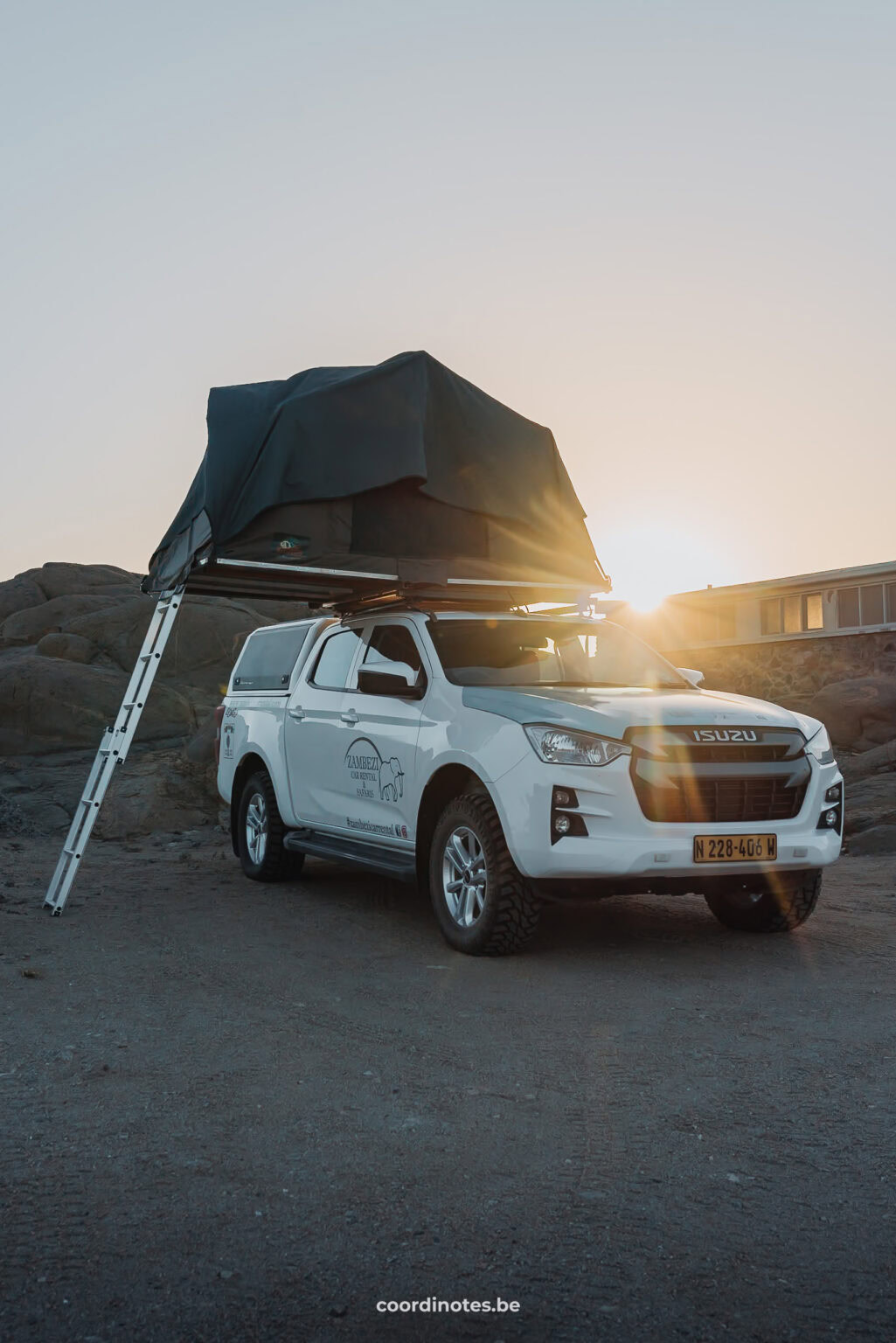
Advertising
5. One pan dishes
When you go camping in Namibia, you can cook your own dishes. Rental cars with camping equipment are almost always equipped with the necessary cooking utensils and a refrigerator to store your food and drinks, like the ones from Zambezi Car Rental. This can save you a lot of money. We highly recommend that you look up some tasty dishes in advance that only require one pot or pan, so that you can stock up on the necessary ingredients in the larger supermarkets of Windhoek and Swakopmund. In the few small supermarkets you’ll come across along the way, you will find few of the necessary ingredients. Being creative while cooking is certainly a must. We do not recommend dishes that require more than 2 pots and pans, as your food will probably no longer be very warm and tasteful.
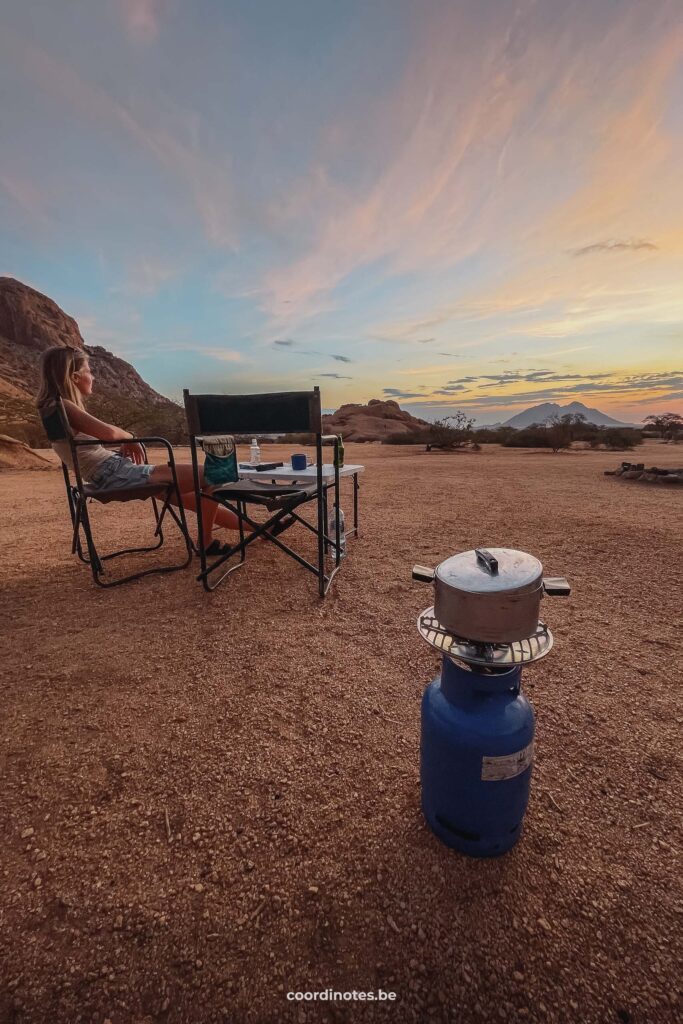
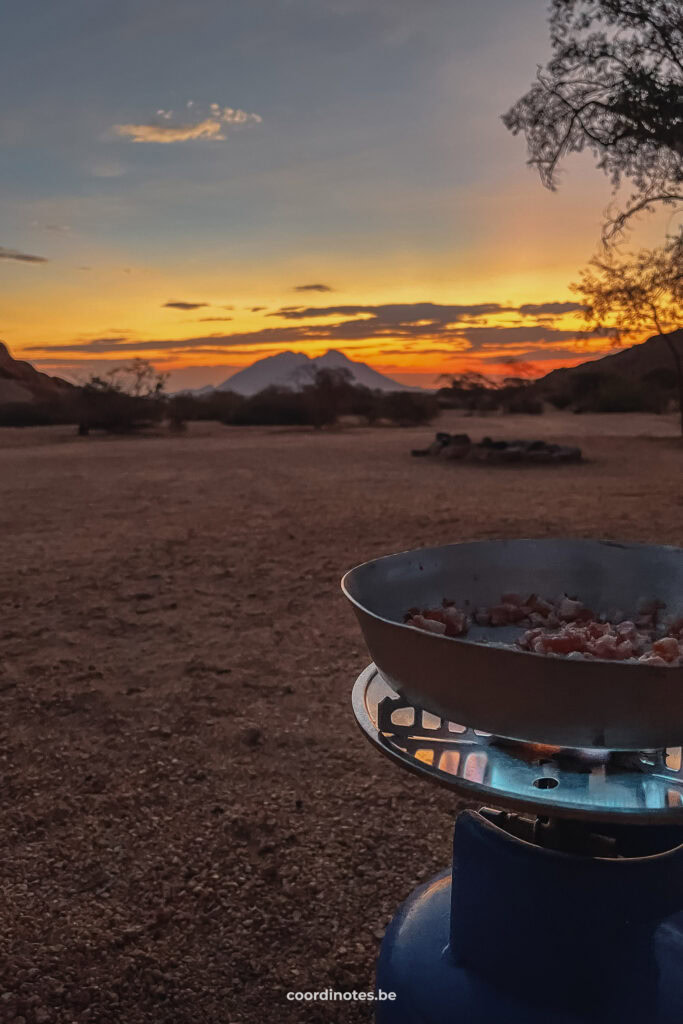
6. Dish cloth and rag
Cooking yourself also means doing the dishes yourself. Each campsite has a place where you can do your dishes. At some campsites, this is private in your own spot, at others, it is in a communal area. It is always useful to bring a dish cloth and towel, so that you have clean dishes the next day.
Advertising
7. Charging and Powerbank
You can usually charge your electronic devices at the campsites. However, in Namibia, they have a somewhat special kind of power plug type M. This is a type that is usually not included in the standard travel adapter, so you have to make sure you bring the right one.
Not all campsites have electricity at their individual camping pitches. You can usually charge your electronic devices in a communal area at these campsites. In this case, it can also be useful to have a power bank with you, so that you can charge your device near you.
You can often also charge your mobile phone in the car while driving. Some rental cars have a built-in USB port. If this is not the case, you can always bring a cigarette lighter USB charger with you. Nothing is more annoying than not being able to capture all the beauty of Namibia because your phone died.
Flight deals
Fly to your destination at the best prices! Our partners offer many airlines on their platform so you can compare what is the best option for you.
8. Slippers
Even though the infrastructure of most campsites is more than fine, we still recommend that you bring slippers. Especially in communal showers, they cannot clean the shower after each person. It will be more pleasant for you to be able to stand in the shower in your slippers.
Slippers are also useful when you get in or out of the roof tent. You can easily slide in or out of your slippers from the ladder. Never leave closed shoes outside overnight, vermin such as spiders or scorpions can crawl into them. With slippers, you can immediately see if there is something in your shoes that you would rather not step on!
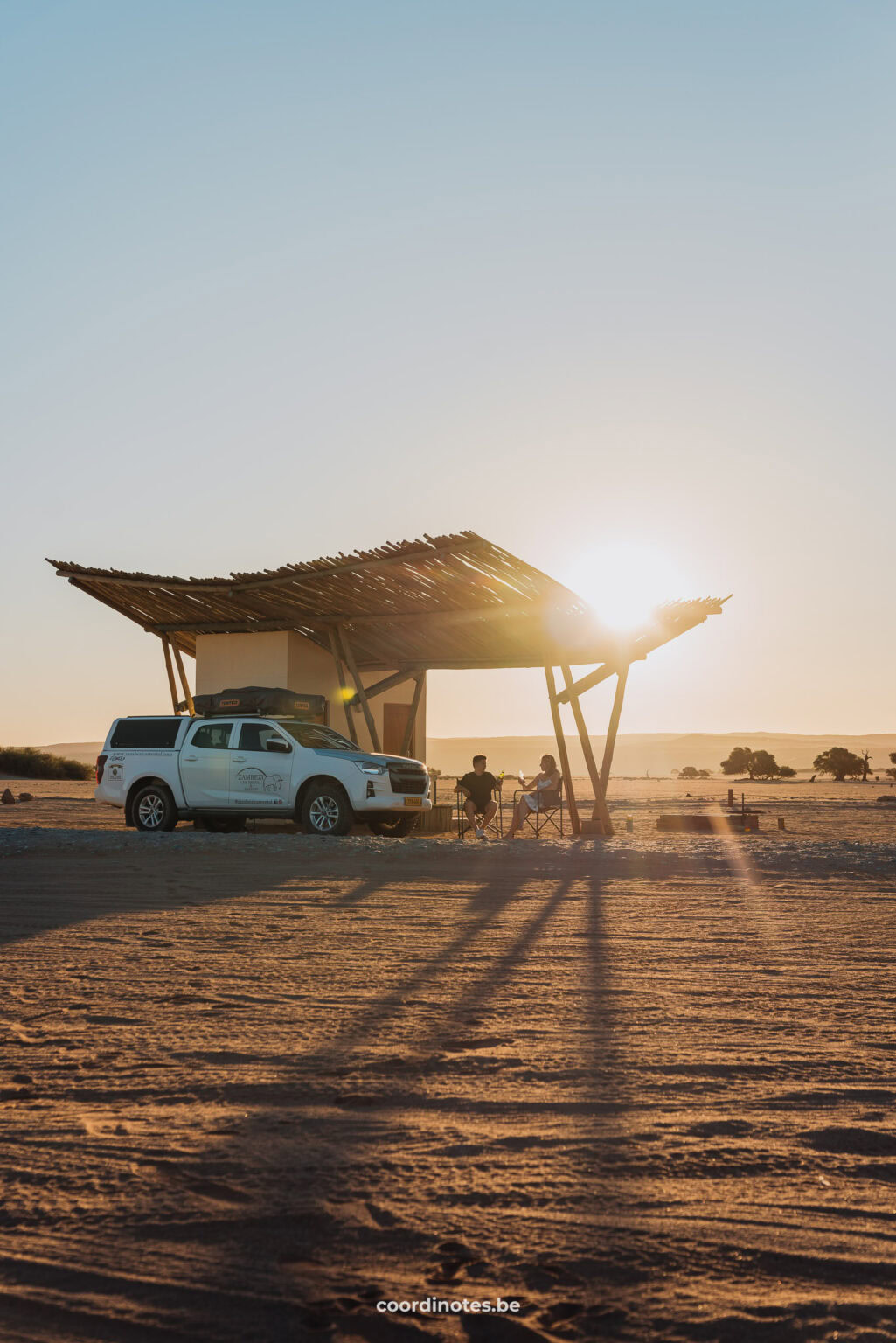
Advertising
9. Bugspray
Insects are unavoidable when you go camping in the middle of nature. Mosquitoes and flies are the insects that will bother you the most. Therefore, make sure you have insect spray to scare them away as much as possible and prevent mosquito bites.
10. Headlight
Most campsites in Namibia have little or no lighting. However, you often have to do a lot of things such as cooking, washing the dishes, tidying up or go to the toilet, when its already dark. That is why it can be very useful to bring a headlamp. Neither is there a light in your roof top tent. Climbing up and down the ladder and zipping your tent is a lot easier with a light on your head compared to a torch in your hand.
Win-Win for everyone
Did you know that, if you buy or book something through our links, we receive a small commission?
However, you still pay the same and therefore have no extra costs! So a win-win for everyone. This way, we can continue to add even more travel inspiration and tips to this blog for your next adventure. Thanks a lot!
Thank you for visiting our blog
We hope you find our free travel guides and tips useful. If you want, you can support us virtually by ‘buying us a coffee‘.
Every contribution, no matter how small, is greatly appreciated and will help us continue to share our passion with you and grow this blog.
